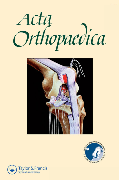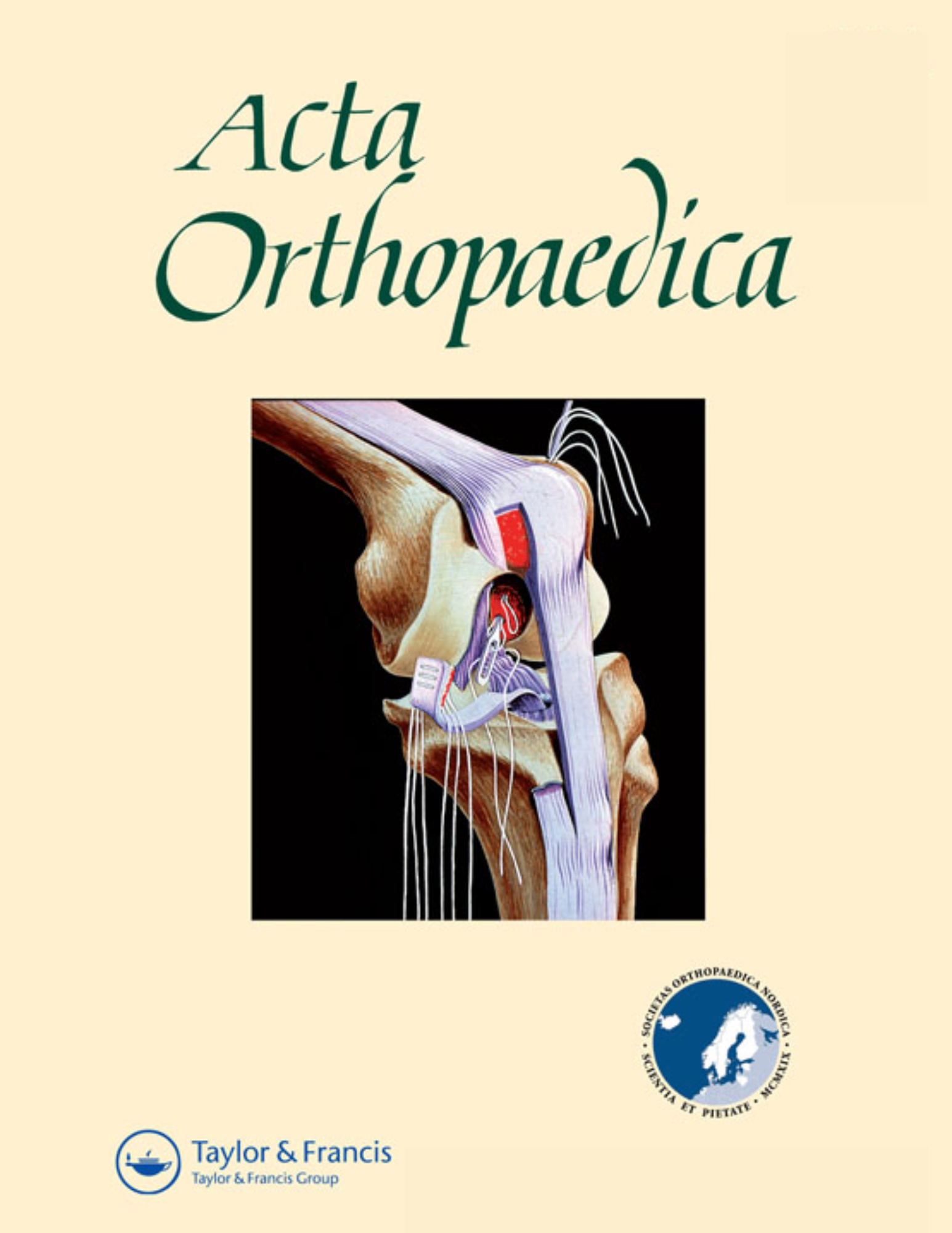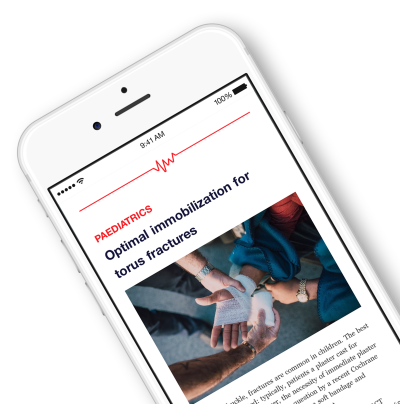
Limited analgesic effect of continuous intraarticular ropivacaine for 48h TKA .
Doubtful effect of continuous intraarticular analgesia after total knee arthroplasty
Acta Orthop. 2015 Jun;86(3):373-7200 patients undergoing total knee arthroplasty (TKA) were randomized to receive either 7.5mg/mL of ropivacaine or 9mg/mL of saline via a continuous intraarticular infusion pump for 48 hours postoperative. The purpose of this study was to determine the effectiveness of a continuous intraarticular infusion of ropivacaine in prolonging the effect of local infiltration analgesia (LIA). With the exception of lower pain in the first postoperative day, results demonstrated no significant differences in postoperative pain, requirement of additional analgesia, or functional recovery between groups.
Unlock the Full ACE Report
You have access to 4 more FREE articles this month.
Click below to unlock and view this ACE Reports
Unlock Now
Critical appraisals of the latest, high-impact randomized controlled trials and systematic reviews in orthopaedics
Access to OrthoEvidence podcast content, including collaborations with the Journal of Bone and Joint Surgery, interviews with internationally recognized surgeons, and roundtable discussions on orthopaedic news and topics
Subscription to The Pulse, a twice-weekly evidence-based newsletter designed to help you make better clinical decisions
Exclusive access to original content articles, including in-house systematic reviews, and articles on health research methods and hot orthopaedic topics
































































